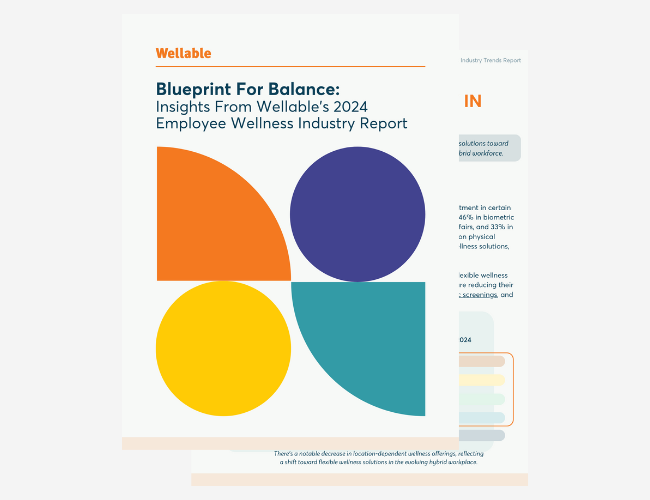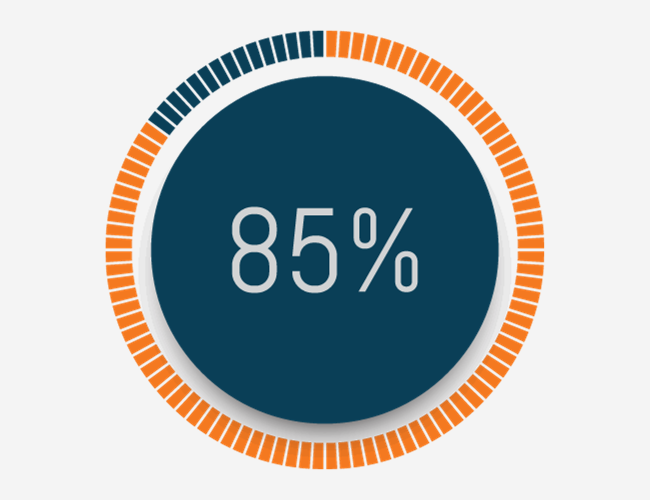Research from HealthFitness and The Connell Group shows that despite wellness program participants having greater satisfaction with wellness programs and perceiving themselves as healthier, nearly 60% of employees do not participate. There have been numerous surveys trying to identify what causes individuals to not participate, including one covered in another blog post, that have shown similar barriers to engagement.
 According to the survey, wellness program non-participants expressed interest in engaging with their program but refrained from actually doing so for a number of reasons. The good news is that there is interest from non-participants and the barriers they identify are manageable by employers.
According to the survey, wellness program non-participants expressed interest in engaging with their program but refrained from actually doing so for a number of reasons. The good news is that there is interest from non-participants and the barriers they identify are manageable by employers.
The biggest barrier reported by respondents was a lack of information (69%). In some cases, the proportion of employees aware of programs’ availability is 30% lower than the proportion of employers indicating they offer the program. Since it is hard to engage employees in a program that they do not know exists, employers should focus on increasing awareness as a means to combat the primary driver of non-participation. One suggestion would be to communicate wellness benefits through a multi-media strategy that is comprised of traditional (print) and modern (digital) forms of communication. Also, employers should consider the specific demographics of their population when determining the emphasis of each media strategy. With digital distribution, employers should use analytics (open rates, click rates, etc.) to assess if the effectiveness of these tools.
Additional barriers include inconvenience, concerns about privacy, and reluctance to participate. Using modern technologies, crafting and communicating an employee-friendly privacy policy, and surveying employees are great ways to challenge these other barriers.
The survey also showed that 79% of participants say they are extremely satisfied with their employer’s program offering compared to 41% of employee non-participants. Participants also indicated they are likelier than non-participants to stay with their employer, refer someone to the company, and be more productive. A clear majority (70%) of participants reported that their program offering means their employer cares about them. A report from the Global Wellness Institute indicated that employers perceived as “caring” by the their employees have a workforce that is healthier, more productive, and more engaged.












